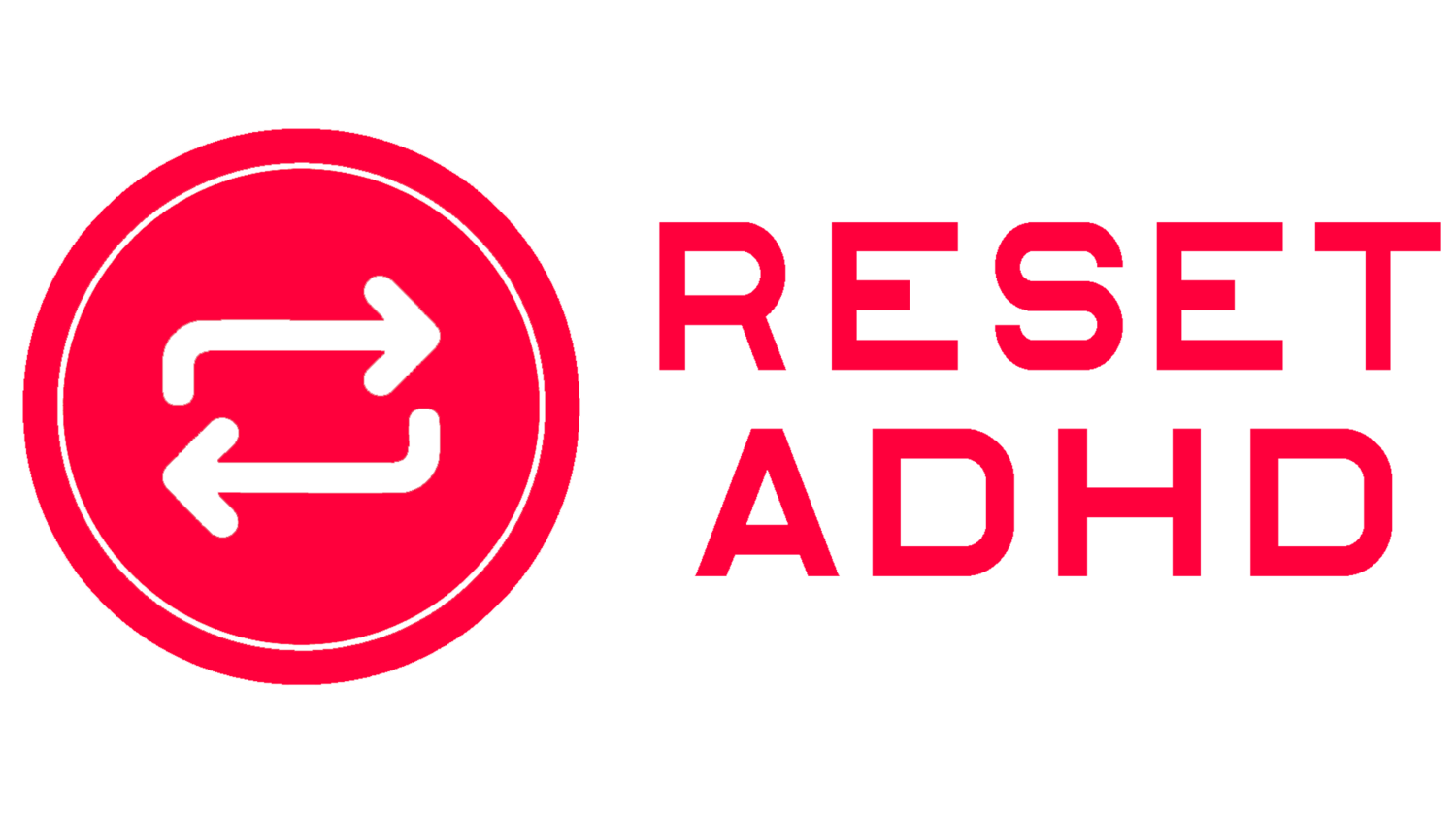What is ADHD?
Happy ADHD Awareness month! I thought I would write a post explaining what ADHD is, so you can share with others who might not understand what it is like to have ADHD. Please share this with anyone who you think might find it helpful.
Neurodevelopmental Disorder
Attention Deficit Hyperactivity Disorder is classified in the DSM as a neurodevelopmental disorder. According to the DSM-V, neurodevelopmental disorders are characterized by impairments that affect a person’s personal, social, academic, or occupational activities that usually manifest during early development. Basically, the brain does not develop in the way it normally does and this makes life difficult because of how the world caters towards those who have neurotypical brains.
Three Presentations
ADHD manifests in one of three main presentations: predominately hyperactive-impulsive, predominately inattentive, and a combined presentation. The predominately hyperactive-impulsive type is the person who constantly fidgets, interrupts others, cannot sit still, and appears as if they are driven by a motor. The predominately inattentive type (formerly known as ADD) is the person who spaces out in conversations, homilies, or lectures; fails to follow through on directions; is forgetful; loses things; and is unorganized. I like to say that the inattentive type is exactly like the hyperactive-impulsive type, except the hyperactivity is confined to the mind. The combined type is a combination of the hyperactive-impulsive and inattentive types.
Different Wiring
An important concept to explain when describing ADHD is that ADHD brains are wired differently. This is useful for helping those with ADHD and those without ADHD understand that the difficulties caused by ADHD are not caused by stupidity, laziness, or a lack of effort. There are demonstrable differences between ADHD and non-ADHD brains, and as the technology that allows scientists to study the brain improve, we are able to see the structural and functional differences between ADHD brains and neurotypical brains better.
Floating Attention
One way to describe what ADHD feels like is “floating attention.” The term “floating attention” is what some experts use to describe the way the brain works when it is trying to pay attention to as much as possible. These experts say that this could relate back to the days when humans were not at the top of the food chain and needed to be on guard against attacks from wild animals.
In my personal opinion, “floating attention” is an appropriate description of what ADHD is like. I know that, as I experience thoughts and try to focus on one thing, it can be hard for me to grasp the one thing on which I want to place my focus. My thoughts feel like they are floating around in my head, and I feel like I am desperately trying to keep all the ones in my head that I would like. If I am not careful, certain thoughts will float away, and even if that thought is not the thing on which I need to focus, I do not want to lose it. I want to be able to tie my thoughts down to anchor points in my brain and come back to them when I am ready to deal with them, but my brain is not equipped to do that. It is a constant battle to try to control my rambunctious thoughts.
Hyperfocus
Hyperfocus is a state of intense focus that those with ADHD experience. The ADHD brain can focus on a subject so much that everything else seems to disappear. It can be hard to break out of this state and move on to something else. Hyperfocus can mean rearranging the furniture right when the impulse to do so hits and not resting until the furniture is in a more pleasing arrangement. That may sound like a positive thing, but it is not pleasant when the urge to rearrange the furniture hits you just before midnight and keeps you up until 2:00 AM. Hyperfocus can also take place with just our own emotions and thoughts. We can hold on to and focus on our emotional thoughts too much. This could lead to troubles with others if we cling to an argument too long. More tragically, it could lead to spending too much time criticizing one’s own faults.
Wait, Is It Floating Attention or Hyperfocus?
ADHD presents with a weird effect on one’s ability to focus. Floating attention is one aspect of ADHD, and hyperfocus is another. They may seem like polar opposites, but they both accurately describe the ADHD experience. When one looks at both of these aspects of ADHD, a new perspective of ADHD emerges. It is not that those of us with ADHD cannot focus; it is that we cannot regulate where our focus is placed. A better name for attention deficit hyperactivity disorder might be attention regulation hyperactivity disorder.
There Is More to It
There is more to ADHD than what is listed above. I do not have room to write about EVERYTHING that encapsulates ADHD. Next week I will write about common problems ADHDers face.
